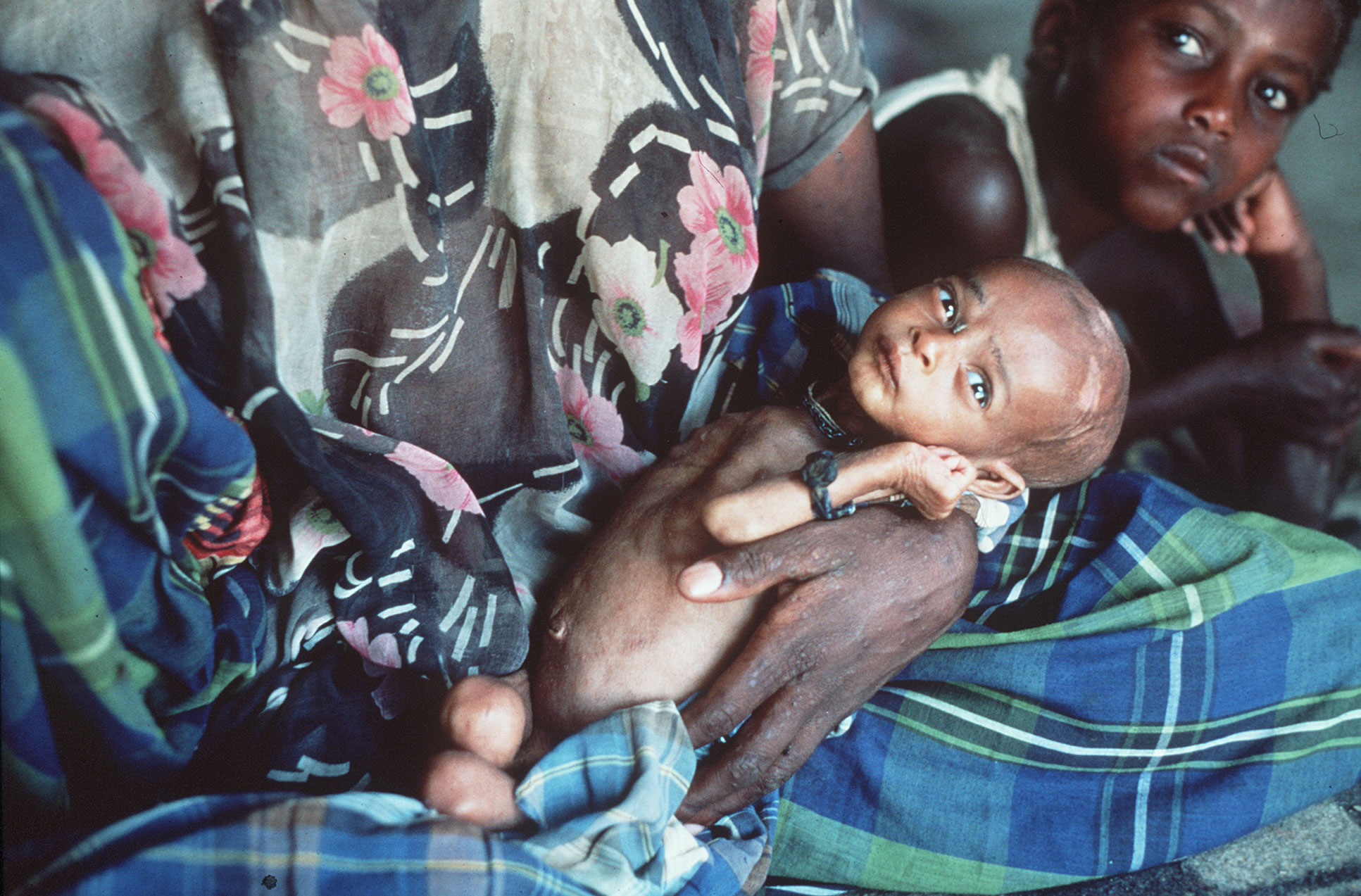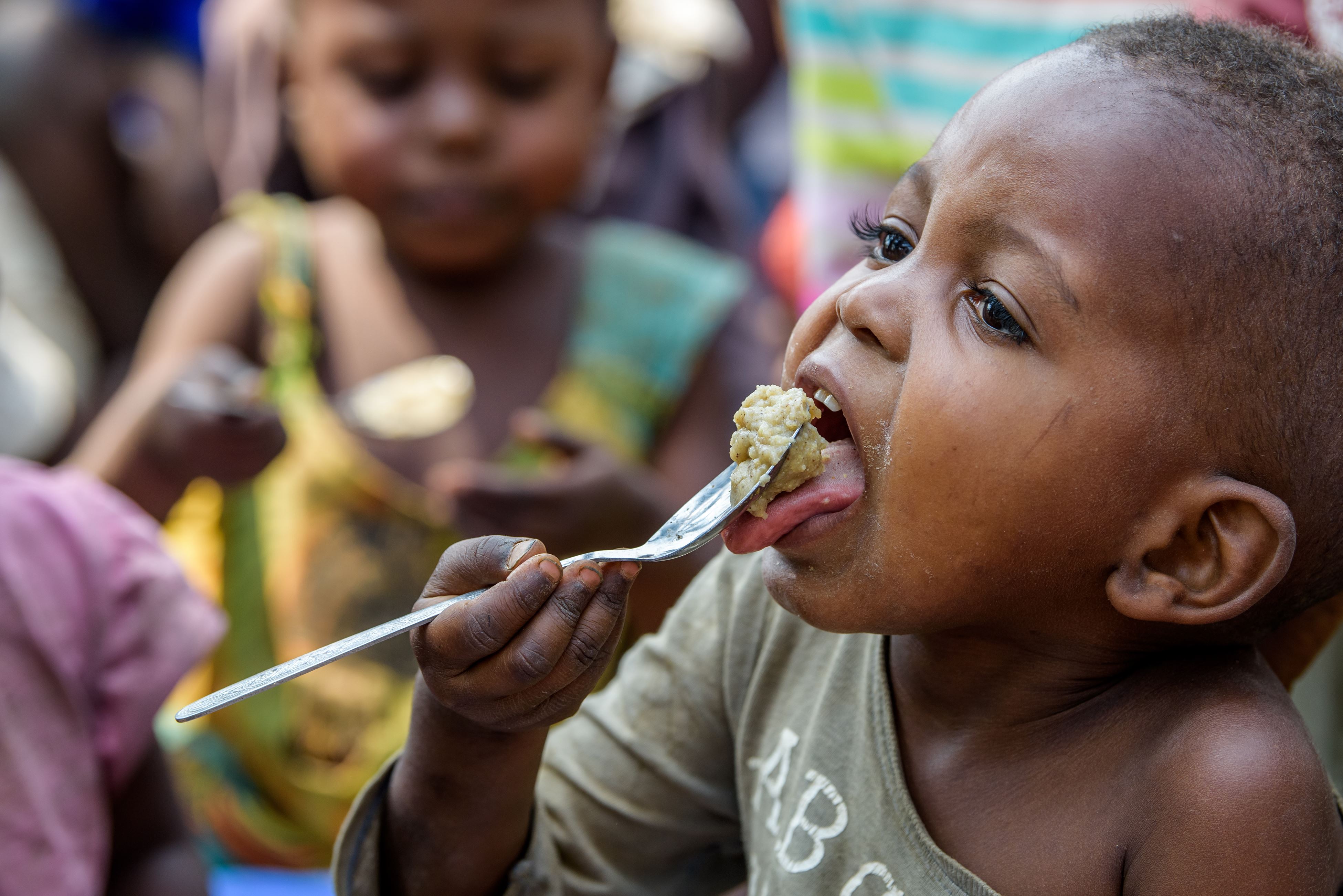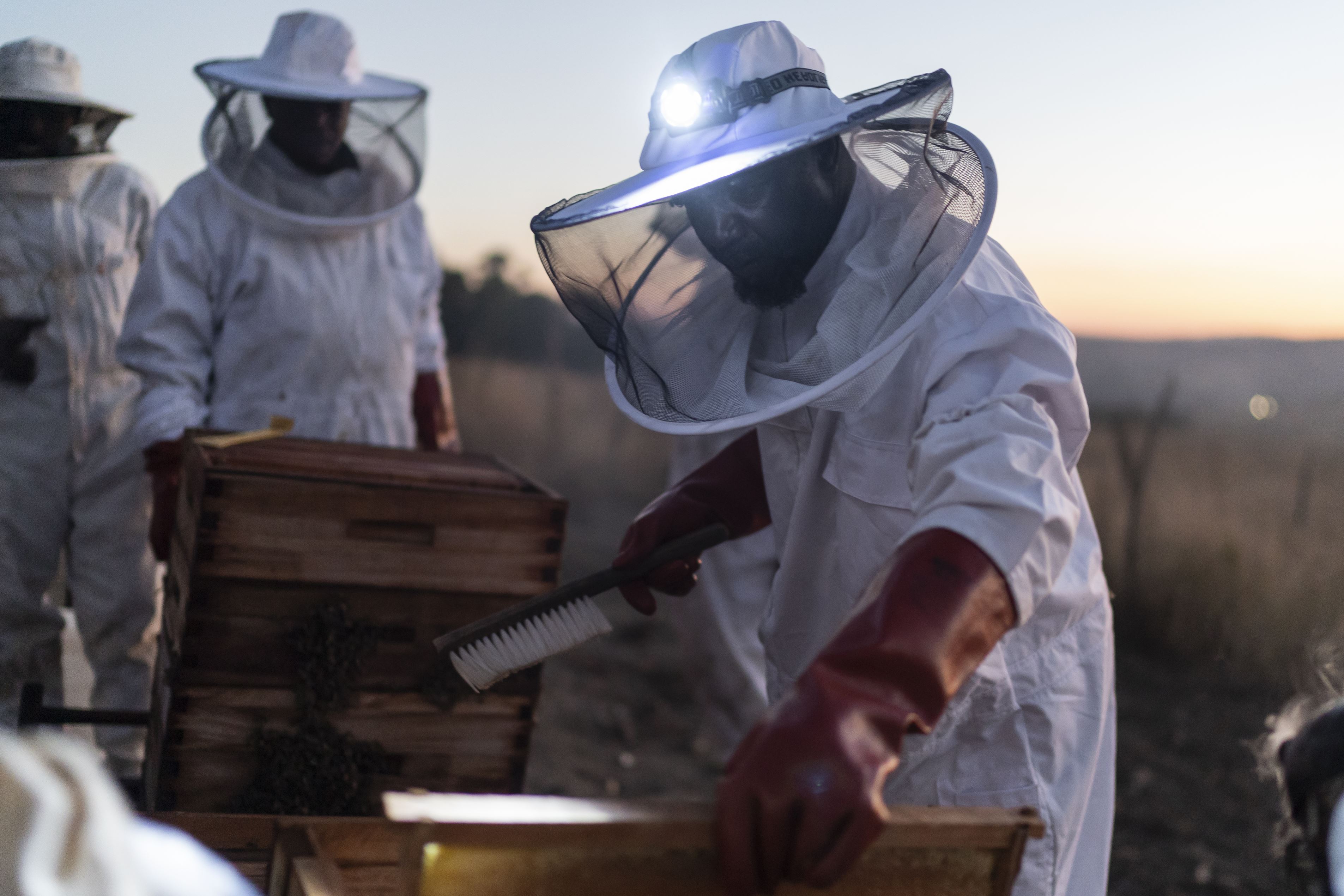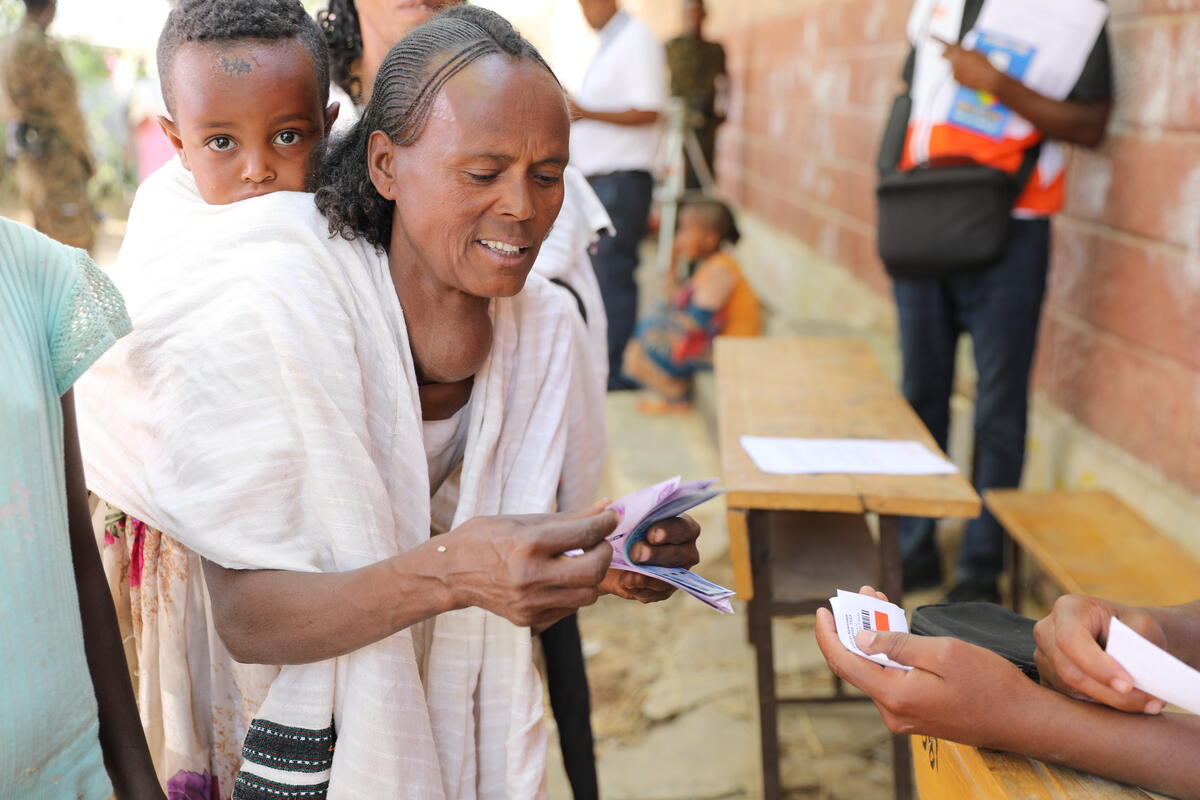The humanitarian community analyses, compares and categorises food and hunger situations around the world so that it can determine where assistance is most needed, when, and for how many people. It does this using rigorous tools and processes and after gathering field evidence to work out current and projected food security situations in individual contexts. Together this is known as the Integrated Food Security Phase Classification (IPC) system. Contexts that are assessed fall into one of five food security phases. These are technical terms but simply explained, these are:
1. Minimal: Households can meet their essential food and non-food needs
2. Stressed: Households have minimally adequate food consumption but are unable to afford some essential non-food expenditures without engaging in stress-coping strategies.
3. Crisis: Households either have food consumption gaps that are reflected by high or above-usual acute malnutrition OR are marginally able to meet minimum food needs but only by depleting essential livelihood assets or through crisis-coping strategies.
4. Emergency: Households either have large food consumption gaps which are reflected in very high acute malnutrition and excess mortality OR are able to mitigate large food consumption gaps but only by employing emergency livelihood strategies and asset liquidation.
5. Famine/Catastrophe: Households have an extreme lack of food and/or other basic needs even after full employment of coping strategies. Starvation, death, destitution, and extremely critical acute malnutrition levels are evident. A Catastrophe is when this definition applies at a household rather than an area level












